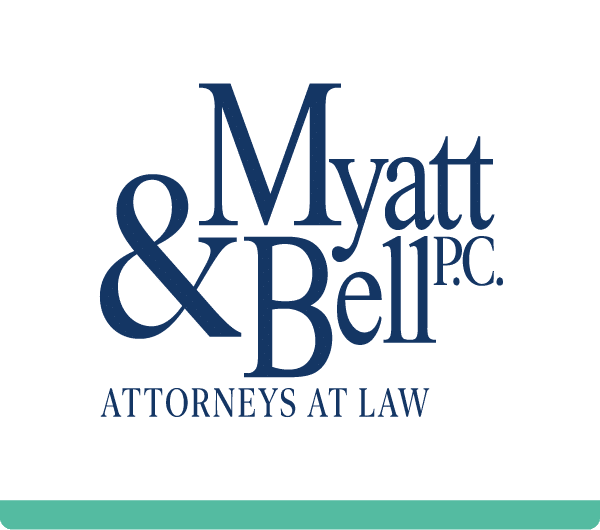At Myatt & Bell, P.C. we have worked with many blended families, which consist of various combinations of step-parents, step-children, half-siblings, and quasi-adopted children. We enjoy working with these special families and take pride in creating excellent estate plans for them that (in addition to all of the usual estate planning goals) accomplish two important things: (1) ensuring that all of the family members are protected and provided for; and (2) keeping the family together after the parents pass away. As with many things in life, failing to plan is the same as planning to fail. This is especially true when it comes to estate planning for blended families.
Universal Example of Failing to Account for a Blended Family in the Estate Plan:
When my dad was in high school, my grandfather and grandmother got divorced. A few years later, my grandfather remarried bringing his four adult children to the marriage while his new wife (my step-grandmother) had two adult children of her own. The children and stepchildren were all relatively self-sufficient and this non-traditional family got along well for the next 30 years or so.
My grandfather was a professional in town. Over his career, he amassed a nice estate, but when it came to estate planning, he opted for a Will instead of Trust. My grandfather’s Will left all of his estate to my step-grandmother. If she passed away before him, however, then his estate was to be divided equally between his four children. Similarly, my step-grandmother left everything to my grandfather, unless he passed away first, in which case her estate would be divided between her two children. Based on these Wills, my grandparents both clearly wanted to: (1) take care of each other first; and then (2) leave the remainder of their respective estates to their own children. What actually transpired, though, was quite different.
My grandfather passed away first. Per the terms of his Will, everything he owned was left to my step-grandmother. Then, just as the attorney had written up, when my grandmother passed away, everything she owned (which now included my grandfather’s estate) was left to her two children. Therefor, all of my grandfather’s assets ultimately went to his two step-children and his natural children received nothing. By using Wills instead of Trusts, blended families (inadvertently) create a situation in which whoever lives the longest gets everything.
Further, this sort of unequal result can happen even when all of the children are specifically mentioned in the Will. Sometimes, we see parents of blended families come to us with Wills that leave everything equally to all of the children (step and natural children combined). In this scenario, though, what often happens is that after the first parent passes away, the step-children and step-parent grow apart and the step-parent sees their natural children more often than the step-children. As the step-parent and step-child relationship dwindles, the step-parent often changes their will, cutting out the step-children and leaving the estate exclusively to their natural children.
How to do it Right:
Instead of using wills, we advise blended families to use A/B Trusts. With an A/B trust, the parents put all of their assets into a Revocable Living Trust, which has numerous benefits, including avoiding probate for the children, planning for incapacity and taxes, and protecting assets for children. Then, once the first parent passes away, the Living Trust splits into two trusts, an A Trust and a B Trust.
The A Trust belongs to the surviving spouse and she (in our examples the husband always passes away first) can use those assets however she wants and she can leave them to anyone she wants when she passes away (normally she leaves them to her natural children). Meanwhile, the B Trust belongs to the spouse who passes away first (the husband) and is used to support the wife for the rest of her life. Once the wife passes away, whatever is left in the B Trust is distributed however the husband has directed (normally to his natural children). By using this A/B structure, the parents can first take care of each other, and then, leave their estate to their own children, ensuring that no one is cut-out. As an added benefit, by avoiding the hurt feelings and resentment that comes with being cut-out, the children are much more likely to stay in touch after both parents have passed away.
Blended families and planning for them can sometimes be complicated. We would be more than happy to answer any of your questions. Please contact us at 503.641.6262 or info@myattandbell.com.





